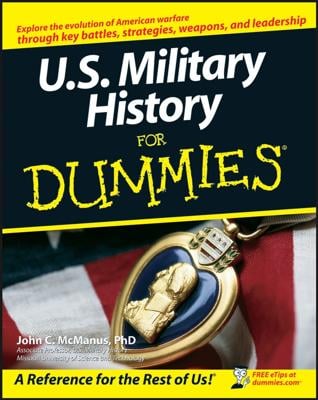America limped through the Revolutionary War guided by the Continental Congress, a group of men selected by colonial legislatures. The Congress, in turn, came up with something called the Articles of Confederation.
Drafted in 1777 but not ratified by all the states until 1781, the Articles were based on the idea that the individual states would be friendly with one another and cooperate when it was in their mutual interest. Each state had one vote in Congress, and it took 9 of the 13 states to ratify any decision.
Congress ran matters of war and peace, operated the post office, coined money, and dealt with Native Americans when the states didn’t want to. It had no power to tax or to establish a federal judicial system, and it lacked any real power to make the individual states pay attention to its legal authority to make postal, coin, or war-and-peace decisions.
It wasn’t an awful system, but it guaranteed a continual stream of squabbles among the states. Making things worse were schemes by agents of Spain, France, and Britain. They tried to get Americans who lived in the western parts of the new country to break away. War hero Ethan Allen, for example, met with British agents to discuss making his beloved Vermont a British province and narrowly escaped being tried for treason.
Still, at least two good bits of legislation came out of the loose-knit confederation. The first was the Land Ordinance of 1785, which set up the way land owned by the federal government — which basically was territory won from Britain that wasn’t claimed by one of the states — would be divided and sold.
The ordinance called for the land to be surveyed into square townships, which were six miles on each side. Each township was then surveyed into 36 areas of one square mile each (640 acres). The parcels were then listed for sale at public auction and could, in turn, be subdivided by the owner into smaller parcels for sale. Part of the revenue went to the establishment of public schools.
The second piece of legislation was enacted in 1787. Called the Northwest Ordinance, it stated that as new states were admitted to the country, they would be equal in every way to the original 13. It also banned slavery in the new territories, although this was later changed.
Both laws were good starts to stabilizing the new country. But ongoing troubles in trying to regulate commerce among the states and in trying to raise money for the federal government still plagued the nation, especially because every state had its own currency and assigned it its own value.

